All dog owners and especially new ones have one question on their mind. How tight should a dog collar be? If it is too tight, it is not fine. If it is too loose, it is not fine either. So, you need to get the perfect fit. Luckily for you, this is a simple and straightforward thing to understand. Thanks to a vet we can give you a complete explanation you will need to check out right now.
How Tight Should A Dog Collar Be
Two-Finger Rule
How tight should a dog collar be? The answer is actually simple and the entire process is straightforward. You will have to fit the collar around the neck of your dog. Then insert two fingers (index and middle finger) between the neck of a dog and the collar itself. If there is too much space and you can insert more fingers, the collar is too loose. This means you need to tighten it down. If you cannot push the two fingers between the collar and the neck of a dog, it means that the collar is too tight.
This rule is a general one and it can be used on all dogs, all collars, and in all cases. Your fingers should slide between the collar and the neck with a small level of resistance. This is known as a perfect fit and it is something you should aim for always.
What If A Collar Is Too Tight?
A common mistake is when a dog owner tightens the collar and makes it too tight. This can cause choking or asphyxiation and yes, it is a severe issue that must be avoided at all costs. The tight collar will close the airways and your dog won’t be able to breathe properly.
Another issue here is skin irritation. The collar will press the skin too tight and rub the skin for long periods of time. As such, skin irritation will occur and your dog will be in pain and massive discomfort.
Trachea injury or neck muscle injury are common things in this case as well. These may happen if a dog moves his neck to relieve pain and stress from the collar. Yes, these are once again severe issues and they can cause a lot of complications.

What If A Collar Is Too Loose?
The too loose collar is not a great alternative. Injuries and issues can occur here as well and you will have to prevent them. The biggest problem is in the fact a dog will soon realize that his collar is too loose and he can get away from it. If you have an aggressive dog, this is a severe problem. Some dogs may need a few minutes to realize this while others will need more time.
Leg or mouth injuries are common in this case scenario as well. A dog will push his paw or mouth between the collar and the neck. He can trip, fall, break a tooth, or do something else. These injuries are not extremely severe but they can cause a lot of pain and discomfort.
Skin irritations are common here. The loose collar will rub the skin and damage it-which will cause pain. You can’t easily see the damage to the skin. This happens to some and not all dogs.
Your Dog Does Need A Collar
Many dog owners claim that their dog doesn’t need a collar. In reality, most dogs if not all do need a collar. First, a collar will help you restrain your pet when needed. For instance, if your dog is in the heat he must be restrained or he may run away. This is an extremely common problem.
Secondly, if your dog gets lost a proper collar will help you get the dog back. It must contain your information or contact details so a person who finds your pet can return him to you. In large cities, this is extremely important.
There is just one case when a dog doesn’t need a collar. If your vet has specified that a dog has a specific health condition that makes wearing a collar impossible, he must not wear one. In any other case, your dog does need a collar and he should wear one all the time. It makes things easier and much safer.
Popular Types Of Collars For Dogs
When we are discussing dog collars we must mention that there are a lot of types out there. Below we are going to explain a few of the most common options so you can decide which one is ideal for your dog.
- Flat collar- This is the most common type and it has been used for decades. You will likely already have one or two in your home.
- Breakaway collars- These are similar or almost the same as the first option. But, they have a strap that will break if too much force is present. The idea is to prevent choking.
- Reflective collars- These are similar to other options but they have reflective material. It means that a dog will be easier to see at night and in cities or low-light situations it can be the best option.
- Flea collar- As you already know, these collars will contain certain chemicals which will repel fleas. They work well and can be a lifesaver.
- Shock collars- Shock collars are great if you want to keep your pet in your yard or in the house. They will beep and then issue a shock if a dog passes a certain area.
The Final Word
How tight should a dog collar be? Use the 2-finger rule and your dog will always wear a collar that is just right in terms of tightness. This is a simple rule that can be used on all dogs and with all collars, hence you can use it all the time. A dog without a collar is not something you should even consider. It can be a huge problem and can cause severe complications.








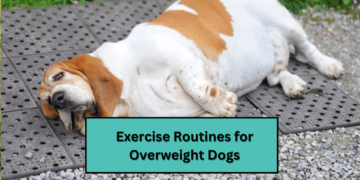







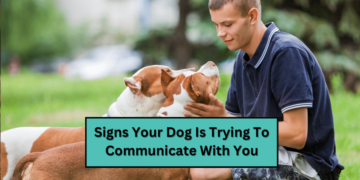
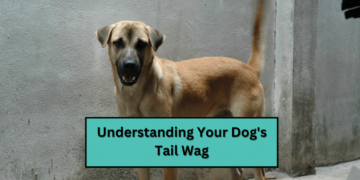

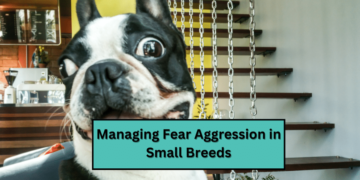



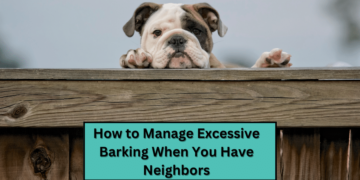

























Discussion about this post